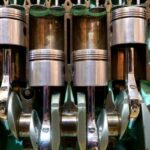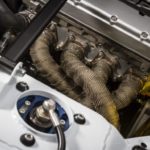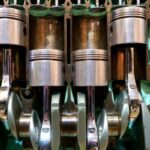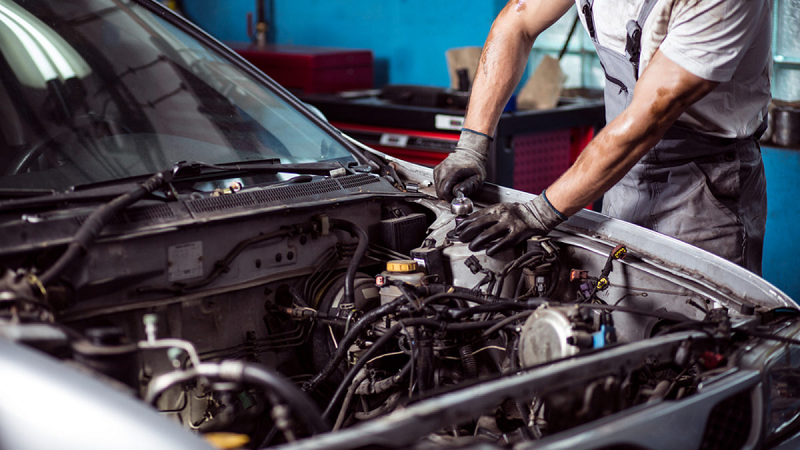
At some point in your life, especially if you’re a gearhead, you might find yourself wanting to rebuild your car’s engine for numerous reasons. You may want to upgrade it with car performance parts that will make it better than it was when it came out the factory, or maybe you just want to know what’s going on in an engine. Modern engines are very complex, and they feature a lot of parts that pump, seal, rotate, stay stationary or move up and down. But don’t get discouraged. Nobody is born knowing how to rebuild an engine, and there’s no reason why you can’t figure it out yourself. The best way to start is to get an idea of what the engine consists of, so you know what you’re dealing with when you’re starting off with the project.
Main Sections of a Car Engine
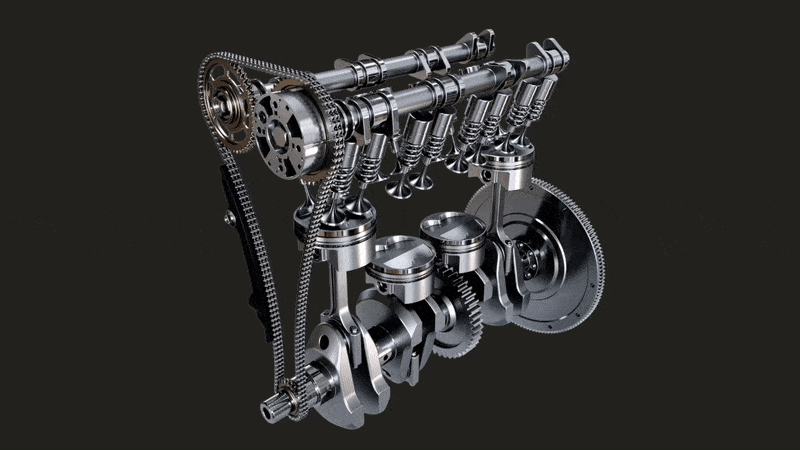
All motor vehicle engines consist of two main sections – a cylinder head (or multiple heads) and an engine block. The engine block houses the pistons, crankshaft, connecting rods and a range of smaller parts. Engine blocks are either made of cast iron or aluminium alloy, with the latter being more popular in the past few decades, simply because aluminium is more lightweight. However, iron cylinder sleeves are still used for durability. Cylinder heads feature intake and exhaust valves, valve springs and tappets. Some engines, known as overhead cam engines, feature a camshaft in the head. The cylinder heads house the spark plugs. Inline engines, where all the cylinders are lined up in a single row feature one cylinder head, whereas engines that feature multiple banks of cylinders have two cylinder heads, and those are known as W-, H- or V- engines.
How to Rebuild Your Car’s Engine?
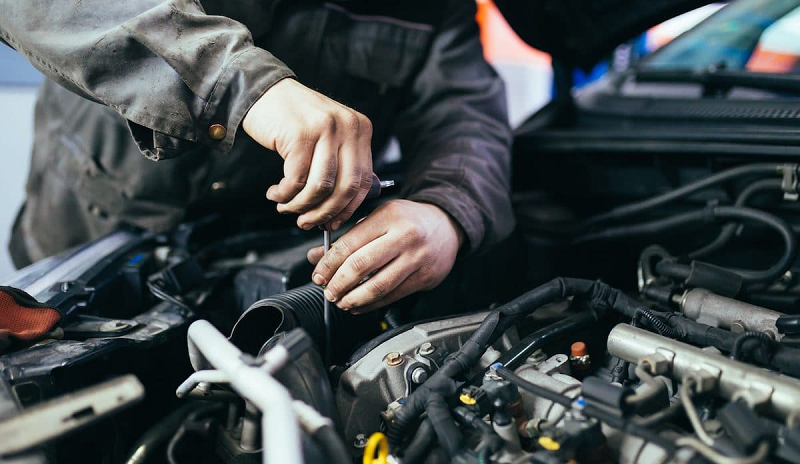
So if you’re planning to disassemble your engine down to the bare block and add new car performance parts to it, you’ll need a few tools.
An Engine Hoist
You’ll have to remove the engine out of your vehicle using an engine hoist. The hoist should be rated for at least one or two tonnes, feature a strong metal frame, a jack handle and a hydraulic pressure cylinder. The jack handle can ratchet the engine right out of the engine bay with the help of chains and hooks bolted to the factory brackets or holes of the engine.
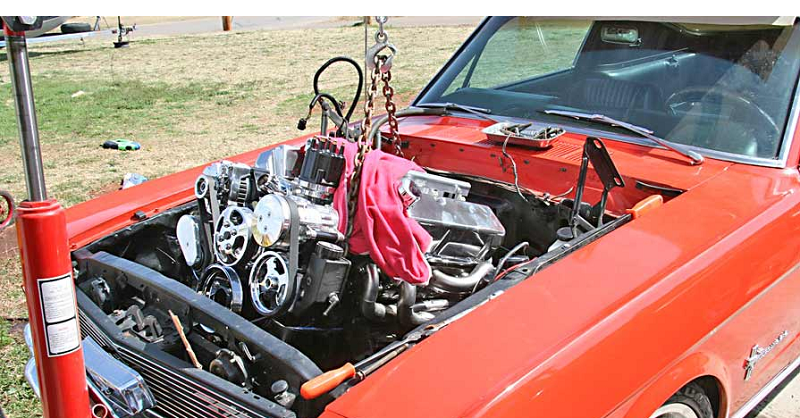
An Engine Stand
Once you remove the engine out of your vehicle, you’ll need to stabilise it on an engine stand so you can work on it effectively. Engine stands allow you to bolt the engine block to them firmly in place. Most engine stands give you the ability to rotate the engine block to any position you want so you can easily access every bit of it. If you don’t have an engine stand, make sure you buy one that is capable of handling the weight of your engine.
New Engine Components
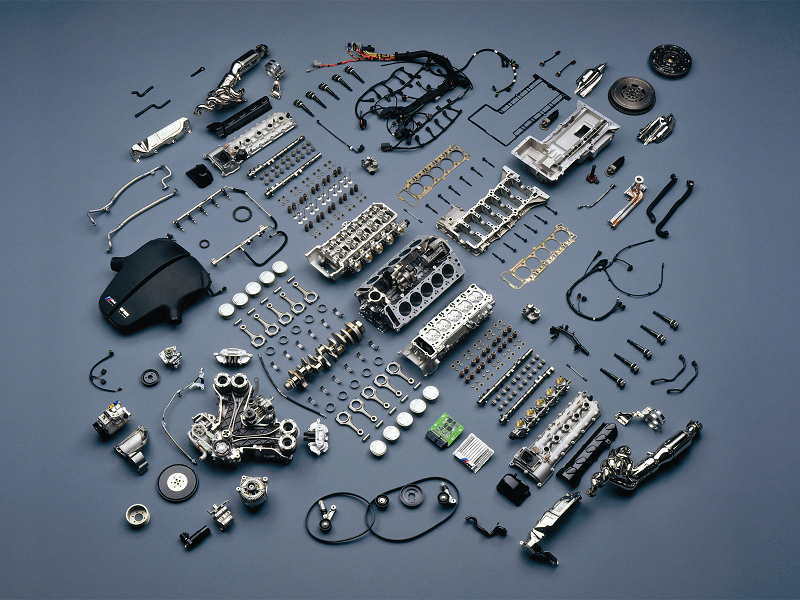
If you’re looking to order new internal parts for your engine, you’ll find a wide range of them and you may have a hard time understanding what they are and what they do. Inside the engine block, the parts that typically wear out and need replacement are the pistons, piston pin bushings, piston wrist pins, piston rings, main and rod bearings. Some crankshafts can be machined, but if they can’t be machined, they’re replaced entirely. The connecting rods can either be reused or replaced, and the block may require new oil galley and expansion plugs.
You might find complete cylinder heads for sale, which include camshafts and valves, but you’ll still need cylinder head gaskets, oil pans and pumps, valve covers and valve cover gaskets, timing covers and harmonic balancers. If you’re rebuilding an existing head, consider new exhaust and intake valves, as well as valve springs, pushrods, rockers and all the hardware that’s associated with these parts. You’ll also need head bolts to clamp the cylinder heads to the engine block. Some other engine parts you might need include valley pans and related gaskets, water pumps, throttle body assemblies, flywheels, engine seal kits and gasket sets.
As you can notice, the engine is made up of many different parts, all of which are prone to wear. So while you may be able to take down and rebuild your engine, try consulting a professional who can measure and inspect the engine for you. Engine machine stores offer these services, and they’ll let you know which parts are worn down and need replacing. This will save you time and money, as you can reuse some of the serviceable existing parts of the engine.
Once you’ve rebuilt your engine, it will perform, sound and feel brand new again. There won’t be any unwanted noises, leaks, weak compression, tailpipe smoke, misfires and other issues you’re accustomed to. Instead, you’ll get a smoother power delivery and better fuel economy, all while boosting the value of your car dramatically. But remember, once the rebuilt engine is in place, make sure to break it in easily.

